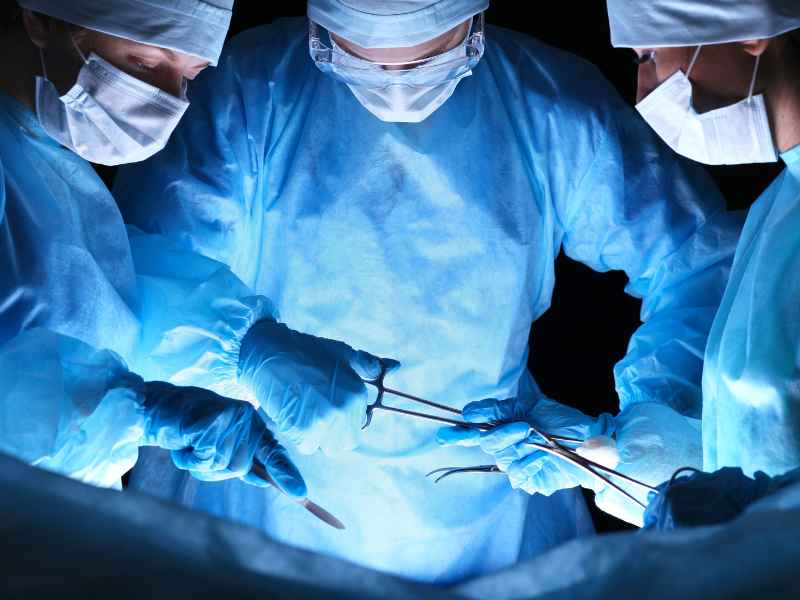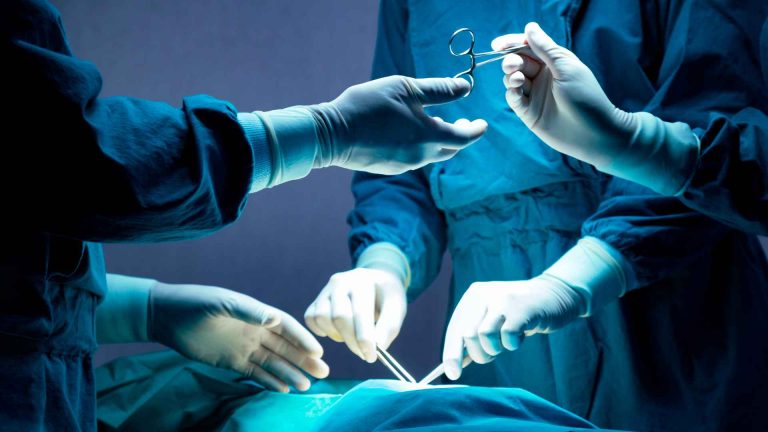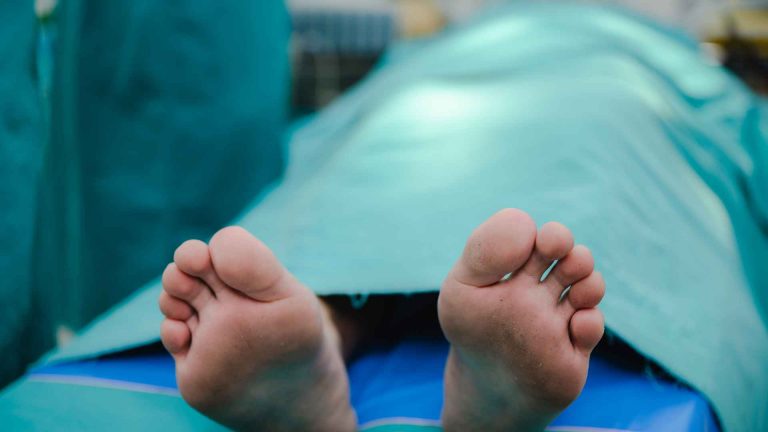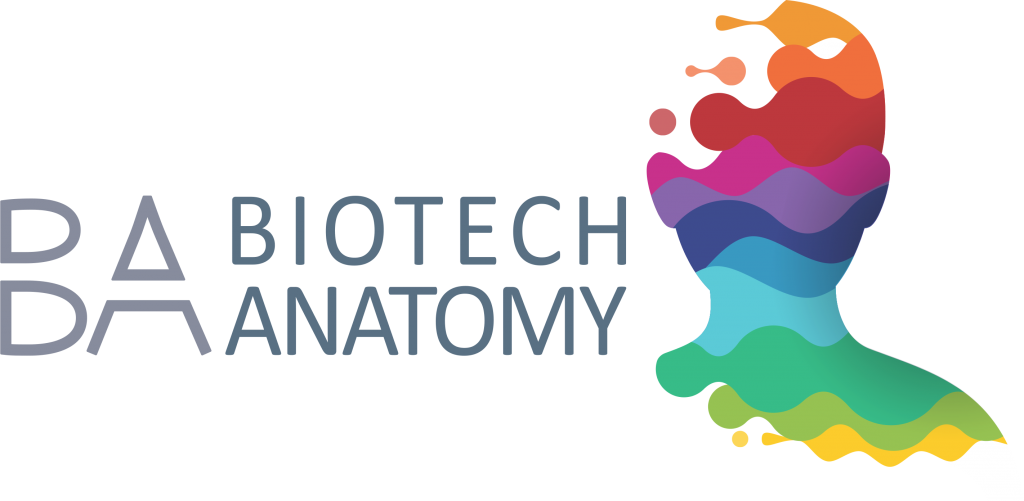Surgeons are often likened to artists, with the human body as their canvas. But before they make their mark, they need to practice, and that’s where cadavers come in. I’ve seen firsthand how donated bodies are invaluable for surgical training, allowing both novices and experts to refine their techniques away from the pressures of the operating room.
The journey to becoming a skilled surgeon is steeped in education and hands-on experience. Cadaver labs play a crucial role, offering a realistic setting to learn complex procedures. They’re the backbone of surgical training, where making mistakes becomes a powerful lesson rather than a medical liability.
With medical schools facing a shortage of donated bodies and some even shifting towards computer simulations, the debate intensifies. Is the traditional cadaver experience irreplaceable for budding surgeons? Let’s delve into why practicing on cadavers is still considered the gold standard in surgical education.

The Importance of Surgical Training
As I delve into the realm of surgical education, it’s pivotal to address why it’s essential for surgeons to practice on cadavers. Medical schools around the globe have long recognized cadaver dissection as a cornerstone of anatomical education and surgical training. Do surgeons practice on cadavers? Absolutely, and for good reason. Through cadaver labs, surgeons gain invaluable hands-on experience that simply cannot be replicated by textbooks or virtual simulations.
Surgical training on cadavers provides an unparalleled depth of anatomical knowledge. When dealing with a cadaver, I’ve noted the realism it brings to the learning environment. Surgeons get to understand tissue textures and the planes of gliding in a way that is realistically human, which is crucial for developing fine motor skills and spatial awareness.
Although animal models, like swines, offer some similarities to human anatomy, the differences in morphology and physiology restrict their usefulness. In particular, critical procedures like chest compressions and pelvic surgery exhibit significant variances, which undermine the comparability of these models.
In light of this, it’s become clear that preparatory training courses in topographical anatomy are of paramount importance. They enhance clinically oriented knowledge and address the individualized interests of aspiring physicians, thereby solidifying skills and competencies. These courses, often involving cadaver dissection, ensure that surgeons aren’t just theoretically proficient but are also adept in applying their knowledge to real-world scenarios.
I’ve observed the dramatic impact of cadaver accessibility on surgical training, especially during unprecedented times. For instance, the COVID-19 pandemic has emphasized the need for rigorous cadaver screening before utilization in medical education. This screening is part of established body donation programs, which include mandatory postmortem tests to mitigate the risk of infectious diseases.
| Infectious Disease | Impact on Cadaver Screening | Implications |
|---|---|---|
| COVID-19 | Increased importance | Safety concerns in anatomical education and surgical training |
It’s intriguing to consider how these practices not only aid in educational pursuits but also have deep roots in forensic and medicolegal fields. The intersection of anatomy, cadaver training, and safe medical practice is so vital that in December 2019, a society dedicated to forensic clinical anatomy was established in Padova. This discipline underscores how the lessons learned from cadaver dissection extend beyond the operating room and play a critical role in broader medical-legal contexts.
The Role of Cadaver Labs in Surgical Education
As someone deeply versed in the medical field, I’ve come to recognize that cadaver labs play a critical role in the advancement of surgical education. Whether it’s junior residents or those further along in their careers, practicing on cadavers is an invaluable aspect of training. The answer to the question of “do surgeons practice on cadavers” is a definitive yes.
Cadaver labs allow residents to develop a profound understanding of human anatomy beyond what textbooks or digital simulations can offer. In these labs, they can engage with real human tissues, learning to navigate the complexities of the human body with precision. I’ve observed that cadavers provide a realistic platform for residents to refine their skills, specifically in areas such as using endoscopic instruments and performing advanced procedures like ACL repairs or addressing the intricacies of the PLC.
The Department of Surgery typically arranges these laboratories to bridge the gap between theory and practice. Residents are not merely practicing surgical techniques; they’re doing so under the guidance of experienced faculty, which fosters a learner-friendly environment. This safe, simulated OR scenario is crucial, allowing trainees to perform surgeries without the same pressures they’d encounter with a live patient.
Here, residents have the chance to perform procedures that align with their stage of training. For instance, during my visits to cadaver labs, I’ve witnessed faculty leading interactive sessions that culminate in residents conducting supervised surgical procedures. These direct experiences help them hone their skills in an authentic yet controlled setting.
For surgical residents, the cadaver lab experience often begins with interactive lectures that delve into the process involved with preparing cadavers, as well as the pertinent anatomy related to upcoming procedures. These instructions pave the way for hands-on practice sessions, which can range from laparoscopic positioning to complex surgeries like lymphadenectomy.
The integration of anatomy education with practical experience is indispensable in surgical training. It’s common practice for residents to study the theoretical aspects using textbooks and digital resources ahead of cadaver lab sessions. This blend of preparatory learning and practical application is instrumental in the development of a surgeon’s skills.
The Value of Making Mistakes in a Safe Environment
When considering surgical training, the question often arises: do surgeons practice on cadavers? The answer is unequivocally yes, and there’s a paramount reason why this practice is essential—it creates a safe space where the stakes of making a mistake are nonexistent for the patient.
Learning from errors is a key component of any educational process, and in surgery, the implications are particularly critical. Cadaver labs provide the unique prospect for trainees to perform intricate surgical steps, like opening the pelvic sidewall and identifying the ureter, without the fear that accompanies a live procedure. It’s in these scenarios where the value of making mistakes takes on its full significance. My initial tension as a participant eased once my hands were deep into the process, guided by mentors who understood the crucial role these experiences played in my development as a surgeon.
Mistakes, while undesirable, are integral to learning. In the controlled confines of a cadaver lab, I can recall times when I floundered, uncertain of my next move; yet, it was precisely this freedom to err that taught me the most. Anxiousness can lead to complications; however, it’s through repeated practice and recognition of anatomical landmarks that I’ve learned to sidestep potential pitfalls.
| Errors Made | Consequences | Cadaver Lab Environment |
|---|---|---|
| Surgical missteps | Medical-legal disputes | No risk to patient safety |
| Incorrect identification | Complications or injury | Direct mentor correction |
| Lack of confidence | Inadequate patient care | Builds experience and assurance |
Moreover, these labs are anything but emotionless. The respect, cherishing of the learning opportunity, and the appreciation for the gift cadavers represent are sentiments that run high among my peers and me. Such feelings contribute positively to our learning dynamics and, more importantly, our growth as empathetic surgeons.
Researchers have underscored the importance of training in environments like these. In studies, residents who’ve completed their rounds in cadaver labs enter into clinical roles with a heightened sense of confidence and patient safety awareness. My own experiences mirror these findings—initial trepidations about spine surgical rotations dissipated after sessions with Thiel’s cadavers, where I could safely learn the nuances of fibreoptically guided intubation.
The Shortage of Donated Bodies for Medical Schools
When discussing whether surgeons practice on cadavers, it’s vital to address the increasing gap between the availability of donated bodies and the needs of medical schools. Do surgeons practice on cadavers? Absolutely, but the reality of securing sufficient cadaveric resources for educational purposes is becoming more challenging.
In the field of medical education, the role of cadavers is irreplaceable for the hands-on experience they offer. Yet, not enough people are opting to donate their bodies to science. This hampers the development of surgical skills that are pivotal for saving lives. At medical institutions like the University of Gothenburg, the mismatch between the demand for cadavers and the donated bodies is markedly pronounced.
This limitation can sometimes stall courses that are essential for teaching advanced surgical procedures and trauma surgery.
The shortfall is noteworthy in trauma surgery and new advanced operative techniques, areas where mastering skills through practice on cadavers isn’t just beneficial; it’s essential. To put this into perspective, consider the anatomy and intricacies of the human body that technology alone can’t fully replicate for a learning surgeon.
In North American regions like Colorado, Wyoming, and parts of Canada, there’s a visible impact. For instance, in 2008, these regions faced a deficit of 20 bodies, a significant number when considering the total of 158 cadavers requested by medical schools in those states. Additionally, with cost being a factor, the financial burden often falls on the families of potential donors. While independent ventures offer incentives such as free body pickups, medical schools generally request families to cover the costs of body transfer through funeral homes, adding another layer of complexity to the body donation process.
| Year | Region | Cadavers Requested | Shortfall |
|---|---|---|---|
| 2008 | Colorado/Wyoming | 158 | 20 |
Furthermore, in some Middle Eastern and Caribbean schools, the scarcity is met by importing cadavers from across the globe, indicating an international demand for these critical teaching assets. While some schools are adapting by reducing reliance on cadavers opting for technological alternatives, it’s clear that these substitutes are not yet comprehensive replacements for actual human tissue and the nuances found within.
The Irreplaceable Benefits of Practicing on Cadavers
As someone deeply entrenched in the medical field, I’ve witnessed first-hand the unparalleled advantages of cadaver laboratories in surgical training. One of the most critical questions often asked is, “Do surgeons practice on cadavers?” The straightforward answer is a resounding yes, and for several essential reasons.
Cadaver training provides an intricate understanding of the human body that textbooks or slides can’t match. Anatomy comes alive when you’re standing over a cadaver, scalpel in hand. It’s the closest experience to a live operation without the associated risks. Not only do medical students get to navigate through the layers of tissue and organs, but they also encounter the unique variations that make every human body a distinct challenge.
Differences in anatomy are more than academic curiosity; they’re the day-to-day realities surgeons face. By engaging with multiple cadavers, students learn to adapt to these variations, which can include differences in tissue firmness, positioning of organs, or the presence of unforeseen anomalies. Think of it as gaining a wealth of experience in a controlled environment, which is invaluable when they eventually perform surgery on a living person.
Moreover, dissecting cadavers helps to elucidate the Unexpected Variant of Human Anatomy. Medical students and residents can see firsthand the diversity in the human bodies they’ll eventually treat. For example, an older individual’s body will likely have firmer tissue—which could necessitate different surgical tools or techniques—compared to a younger individual’s body.
The use of cadavers is particularly beneficial when it comes to advancing surgical skills in specific fields. Studies have shown that laparoscopic cadaver dissection sessions can significantly enhance a surgeon’s abilities. Levine et al. (2009) provided evidence supporting the integration of these sessions into surgical training programs. Despite these findings, the integration process in some areas, like obstetrics and gynecology training programs, remains incomplete, as Corton et al. (2003) pointed out.
One noteworthy hindrance has been the issue of embalming fluids. Traditional formalin-fixed cadavers, while useful for certain aspects of learning, are less optimal for surgical practice. They typically present several challenges:
- Tissue Rigidity
- Discrepancies in Tissue Texture, Color, and Consistency
- Limited Preservation of Surgical Planes and Spaces
- Difficulty in Identifying Small Structures
Conclusion
I’ve seen firsthand that cadaver labs are vital for honing surgical skills in a risk-free setting. They’re where I’ve learned to navigate the complexities of the human body and embrace the invaluable lessons that only hands-on experience can teach.
Despite the challenges in cadaver availability and the search for alternatives nothing yet matches the authenticity of practicing on real human tissue. It’s clear that these labs are more than just training grounds; they’re a testament to the generosity of donors and a cornerstone in the journey to becoming a skilled and compassionate surgeon.
As we look to the future of surgical education I’m hopeful that solutions will emerge to continue this legacy of learning, ensuring that the surgeons of tomorrow are as prepared and proficient as they can possibly be.





